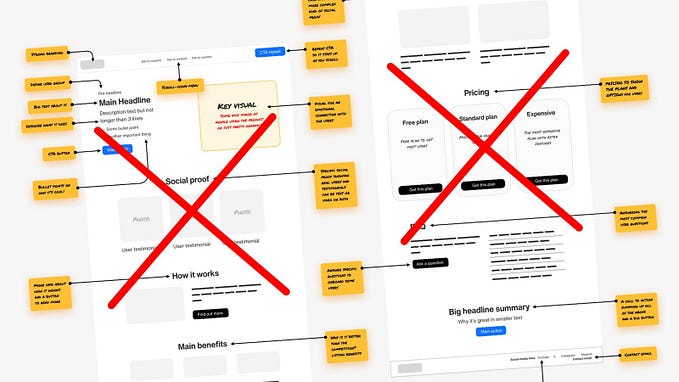Member-only story
How Wednesday Addams teaches us about design consumerism
TikTok likes it better when Addams dances to “Bloody Mary.” Non-designers like to do the job of the designer if they can’t meet the demand. Or else…

The goth-looking girl from the Addams Family has recently been making the rounds on the internet, after a Netflix show dedicated to her character was released on November 23rd, 2022. TikTok users particularly adored her quirky dance, with reuploads of the clip being shared amongst users.
While Jenna Ortega — the actress who plays Wednesday — was originally dancing to the tune of “Goo Goo Muck” by The Cramps, TikTok users collectively decided that the original music wasn’t going to cut it. Instead, a remix of Lady Gaga’s “Bloody Mary” was superimposed onto her choreography, making it more popular among viewers. This effectively cemented the song as part of the show’s music playlist, despite the series never including it in the official soundtrack or in the episodes.
You may be wondering why I brought this up in an essay about designers and non-designers. Like music and dance, this example serves as a reminder of how consumers can exert significant influence on design, altering people’s perception of art and branding to fit their preferred narrative. This can be seen in examples such as the Gap logo revamp, where public opposition led to backtracking of changes.
In 2010, fashion retailer Gap decided to overhaul its logo, replacing its condensed serif font with a bold, neo-grotesque font. The new logo featured the brand name “Gap” in Helvetica, with a blue square at the corner. However, the redesign was met with negative reactions, with many people criticising the new logo for looking “disgusting” and like a “banking institution.” The opposition was so strong that Gap ultimately decided to revert back to its original logo.
In a moment of crisis management, Gap also made a statement on Facebook before the reversal, asking users to share their own versions and ideas of what the logo could be. Although companies asking the public to do free, speculative work is a controversial topic in itself, Gap’s request hints at a new form of a design approach that has become more prevalent in recent years.






